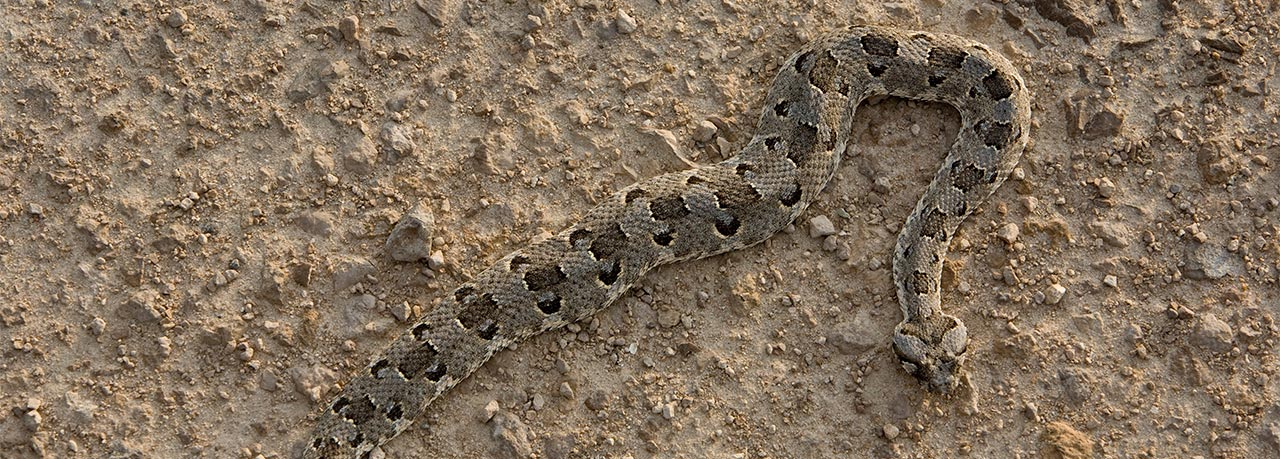Range & Habitat
Puff adders can be found in a variety of habitats throughout Africa and parts of the Arabian Peninsula.
Although puff adders are most common on savannas and grasslands, they can live almost anywhere as long as they have hiding places, a reliable source of water, and generally warm temperatures. They tend to avoid extreme deserts and rain forests.










